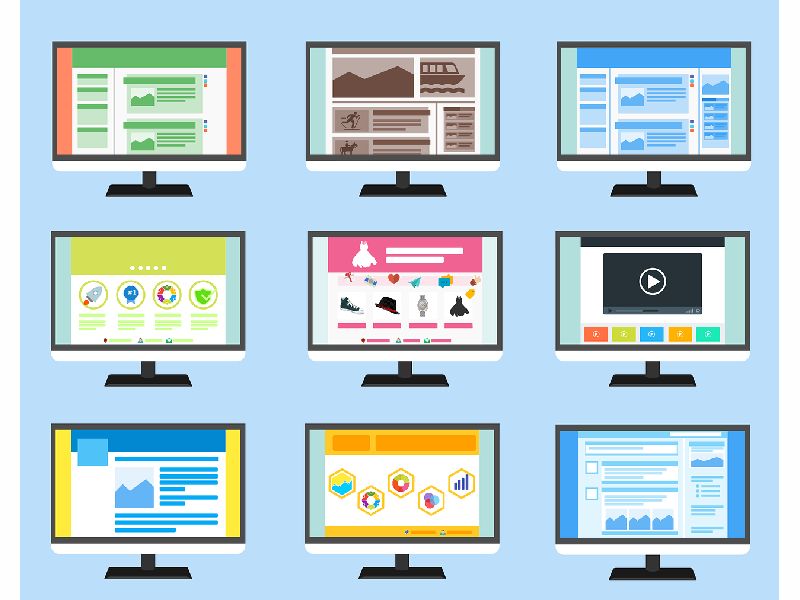The landscape of app marketing has undergone a remarkable transformation since the inception of mobile applications. This journey, from the early days of simple promotional strategies to today’s complex and dynamic digital marketing world, is a story of innovation, fierce competition, and creative brilliance. In this comprehensive article, we delve into the history of app marketing, spotlighting key milestones, influential figures, and some of the industry’s best-kept secrets.
Part 1: The Dawn of App Marketing (Late 2000s)
The late 2000s marked the birth of modern app marketing, coinciding with the launch of Apple’s App Store in 2008 and Google’s Play Store (then Android Market) in 2008. This era represented a seismic shift in how software was distributed and marketed. Early app marketing tactics were relatively straightforward, often relying on word of mouth and basic app store optimization (ASO).
One of the most notable early success stories was “Angry Birds,” released in 2009. The developers at Rovio Entertainment employed a clever mix of engaging gameplay, memorable characters, and strategic marketing to make “Angry Birds” a household name. Interestingly, much of its early popularity was fueled by word-of-mouth and feature placements in the App Store, a testament to the power of organic reach during this nascent stage of app marketing.
Part 2: Rise of Social Media Marketing (Early 2010s)
As social media platforms like Facebook and Twitter gained popularity in the early 2010s, they opened new avenues for app marketers. These platforms allowed developers to engage directly with potential users, build communities, and run targeted ad campaigns. A quintessential example of this era was “Candy Crush Saga.” Launched in 2012, the game used Facebook’s platform not just for promotion but also as an integral part of the gameplay, encouraging social sharing and competition.
However, this period was not without its tensions. As social media platforms began monetizing their services, developers grappled with increasing advertising costs and the challenge of maintaining visibility in crowded feeds. There were whispers in the industry about the growing discontent among smaller app developers who felt edged out by bigger players with deeper pockets, highlighting the growing pains of social media marketing.
Part 3: The Era of Influencer Marketing (Mid-2010s)
By the mid-2010s, influencer marketing emerged as a powerful tool in the app marketing arsenal. Brands began collaborating with popular online personalities, especially on platforms like YouTube and Instagram, to reach wider audiences. This approach was particularly effective in the gaming app sector, where YouTubers played and reviewed games, directly influencing their massive follower base.
This era also saw its share of controversies. High-profile disputes arose over undisclosed paid promotions, leading to a call for clearer regulations. The Federal Trade Commission (FTC) in the United States started cracking down on deceptive practices, mandating clear disclosures for sponsored content. These regulations marked a significant shift in influencer marketing, ensuring greater transparency in the industry.
Part 4: Data-Driven Marketing Strategies (Late 2010s)
The late 2010s heralded the age of data-driven marketing, a paradigm shift facilitated by the advent of big data and advanced analytics. This period saw app marketers leveraging user data to gain insights into consumer behavior, preferences, and trends, enabling them to create highly targeted and personalized marketing campaigns.
A notable example from this era was the transformation in the marketing strategy of a leading fitness app. Initially struggling with user retention, the company pivoted to a data-driven approach, analyzing user engagement patterns to tailor personalized workout suggestions, leading to a significant uptick in user engagement and subscription renewals.
However, this era was not without controversy. The increasing use of personal data in marketing led to heightened privacy concerns. High-profile cases like the Cambridge Analytica scandal in 2018 brought to light the potential misuse of user data, sparking a global conversation about privacy and the ethical use of data in app marketing.
Part 5: The Role of App Store Optimization (ASO)
App Store Optimization (ASO) became a critical factor in app marketing as the app marketplaces grew more crowded. ASO involves optimizing various elements of an app’s listing, such as the title, keywords, description, and reviews, to improve its visibility and ranking in the app store search results.
An ASO expert once shared insights on the evolving algorithms of app stores, noting that what worked yesterday might not work today. This sentiment was echoed in the competitive world of keyword optimization, where developers constantly experimented to find the right mix of keywords that could catapult their app to the top of the search results.
Behind the scenes, this fight for visibility led to some unseen pitfalls. Stories circulated of developers who tried to game the system with black-hat ASO techniques, only to find their apps penalized or removed from the store, a stark reminder of the importance of adhering to ethical practices in ASO.
Part 6: Innovations in Mobile Advertising
As we moved closer to the current day, innovations in mobile advertising, particularly the shift towards video and interactive advertisements, began to redefine app marketing. These formats proved to be more engaging and effective in capturing user attention compared to traditional banner ads.
A groundbreaking campaign by a renowned gaming app demonstrated the power of innovative mobile advertising. By integrating interactive elements into their video ads, they not only captured user attention but also provided a sneak peek into the gaming experience, resulting in a record number of app downloads.
However, this innovation also intensified the competition among advertising agencies specializing in mobile. Rumors abounded of cutthroat tactics as agencies vied for the attention of top app developers, highlighting the fiercely competitive nature of the industry.
Part 7: The Future of App Marketing
As we venture into the future, app marketing stands at the brink of another transformation, driven by emerging technologies such as Artificial Intelligence (AI), Augmented Reality (AR), Virtual Reality (VR), and more. These technologies are not just reshaping app development; they are also redefining how apps are marketed.
Predictions on Emerging Trends
AI is set to play a pivotal role in future app marketing strategies. AI algorithms can analyze vast amounts of data to predict user preferences and behavior, allowing for even more personalized and effective marketing campaigns. For example, AI can be used to create dynamic ads that change based on user interactions, providing a tailored advertising experience.
AR and VR are also opening new frontiers in app marketing. They offer unique ways to engage users, allowing them to experience products or services in a virtual environment. This immersive approach could revolutionize how apps are marketed, especially in fields like gaming, education, and retail.
Interview with a Tech Futurist
In a recent interview with a renowned tech futurist, they shared insights into what they believe will be the “next big thing” in app marketing. The expert highlighted the potential of integrating Internet of Things (IoT) technology with apps, creating a network of interconnected devices and providing a seamless user experience that extends beyond the smartphone.
Balancing Ethics and Innovation
However, with these advancements, there’s a growing need to balance innovation with ethical considerations. Issues surrounding user privacy, data security, and the potential for technology to be intrusive are becoming increasingly important. Marketers will need to navigate these ethical waters carefully to maintain user trust and comply with evolving regulations.
Final Thoughts
The future of app marketing is undoubtedly exciting, filled with possibilities yet to be imagined. As the landscape continues to evolve, marketers and developers will need to stay agile, adapting to new technologies and changing consumer behaviors. One thing remains certain: the world of app marketing will continue to be a space of innovation, creativity, and endless potential.
Conclusion
The history of app marketing is as diverse and dynamic as the apps it aims to promote. From the early days of basic promotional tactics to the sophisticated, data-driven strategies of today, the field has continually adapted to new technologies and changing consumer behaviors. As we look to the future, one thing remains certain: the world of app marketing will continue to evolve, bringing new challenges and opportunities for developers and marketers alike.











